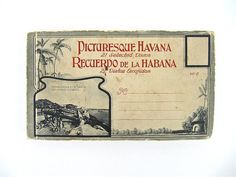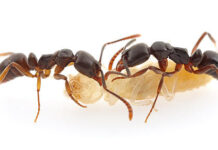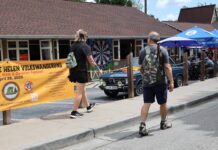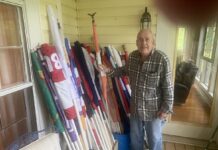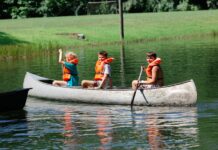
In the spring of 1920, my grandparents celebrated their marriage by going on a six week adventure from their home in New York City, down the Atlantic coast, with a three day stay in Havana, Cuba. Their wedding trip continued south, through the Panama Canal with a final stop in Los Angeles, where they took a train back to New York. It would have been then, and now, the honeymoon of a life time. And we have a lot to learn from that journey, at least the Cuban stopover.
Their Cuban excursion took place almost 40 years before the Castro brothers and Che Guevara arrived in their small boat, Granma, to overthrow the Cuban dictatorship led by Batista, followed by the US embargo in 1962. Three days of their honeymoon were on this island paradise also known as The Isle of Pines, with an economy exploding from sugar sales, along with political corruption, something that has plagued Cuba for most of its history.
But when Herbert and Marion Stafford strolled down the gangway of the SS Siboney, in the fall of 1920, they found a vacation paradise with music, Cuban dancing, fine cigars and alcoholic drinks – prohibited in the United States by the Prohibition Act – nine months before their wedding at Harlem Presbyterian Church.
While in Cuba, my grandmother purchased a small postcard book, a collection of a dozen Cuban postcards, which could be torn out along perforated lines, then mailed back home. She never removed any postcards during her lifetime, which ended in 1994 at age 93, and 73 years after her wedding trip.
A few years back, I inherited the postcard booklet from my own father, and dreamed about going to Cuba, for many reasons, one of which was to see if any of the places depicted in black and white photographs on each postcard still exists. I went in March 2016, just before the Rolling Stones performed, and in fact, all the buildings are still there.
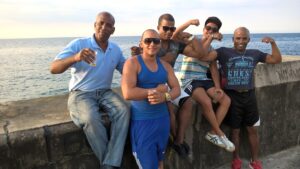 I am sure my grandparents walked along the same boulevards, perhaps the Malecon, a 5 mile esplanade along the seawall built in 1901, that even today is the gathering place – at every sunset – for lovers, friends, rum drinks, Cohiba and Montecristo cigars and improvised Cuban music to accompany the golden sunsets looking westward.
I am sure my grandparents walked along the same boulevards, perhaps the Malecon, a 5 mile esplanade along the seawall built in 1901, that even today is the gathering place – at every sunset – for lovers, friends, rum drinks, Cohiba and Montecristo cigars and improvised Cuban music to accompany the golden sunsets looking westward.
Traveling as a journalist on a free-lance, self-guided journey, one of the first places I wanted to visit was the Iglesia del Angel Catholic Church, first constructed in 1695. The church is on La Loma del Angel (The Hillside of the Angel) and just a few blocks from the promenade, Malecon.
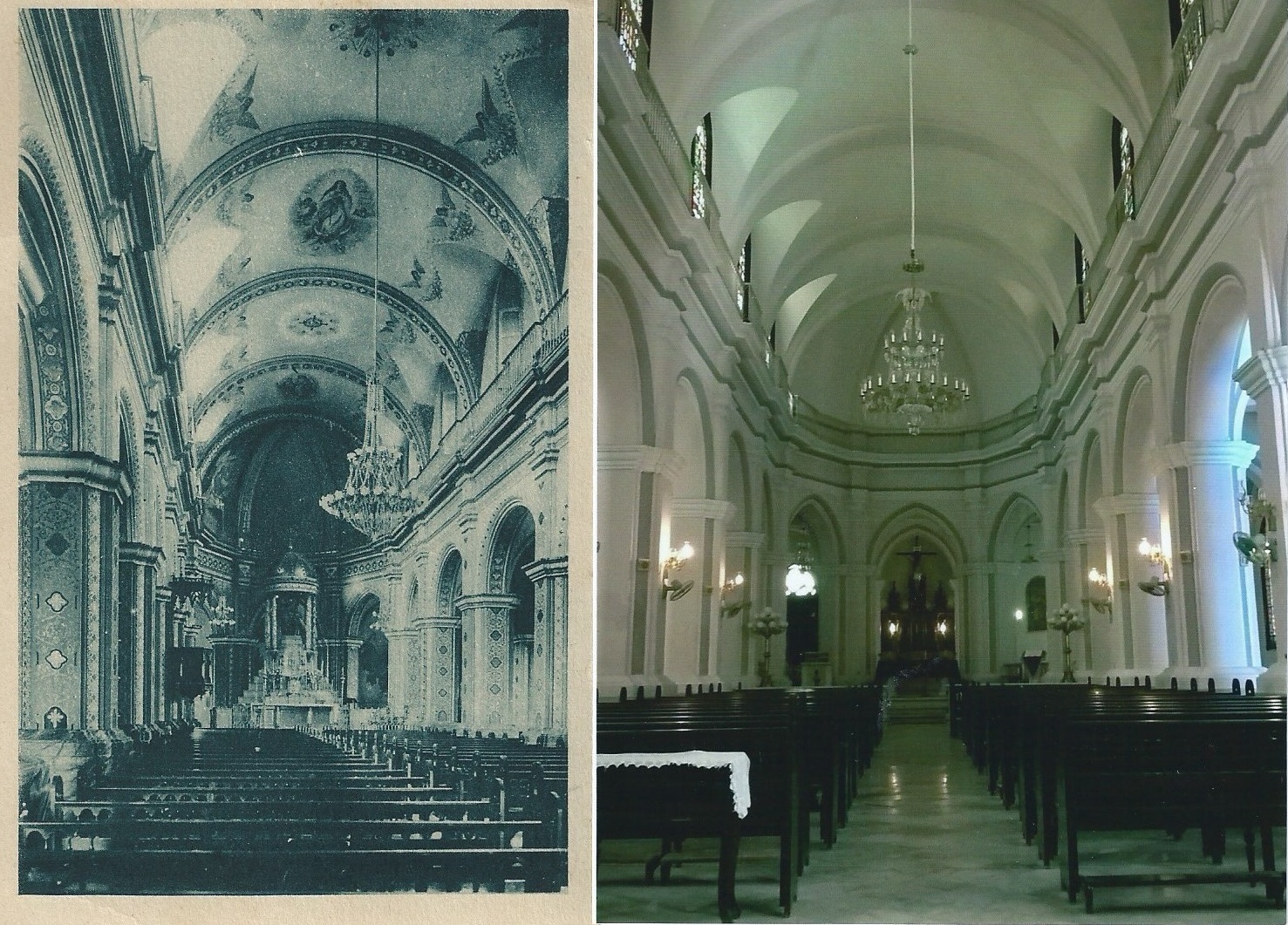 I held the postcard of the church in my hand, entering through massive wood doors. It was a magical moment, even if the ceiling and wall paint was now a crisp white, replacing the intricate religious art looking more like Michelangelo had stopped by centuries earlier. I was certain that my grandparents had stood in the exact spot, also in awe, almost 100 years before me.
I held the postcard of the church in my hand, entering through massive wood doors. It was a magical moment, even if the ceiling and wall paint was now a crisp white, replacing the intricate religious art looking more like Michelangelo had stopped by centuries earlier. I was certain that my grandparents had stood in the exact spot, also in awe, almost 100 years before me.
Following my visit to Iglesia del Angel, I walked to the Parque Zayas y Palacio Presidential…better known as the Presidential Palace. There have been some additions to the massive public building, since construction began in 1913. The European-designed palace opened 7 years later, just a few months before the extravagant wedding trip by my grandparents. Ironically, the interior design and decoration of the palace was by Tiffany’s, located just down the street from my grandparent’s home on 102nd street, back in New York City. 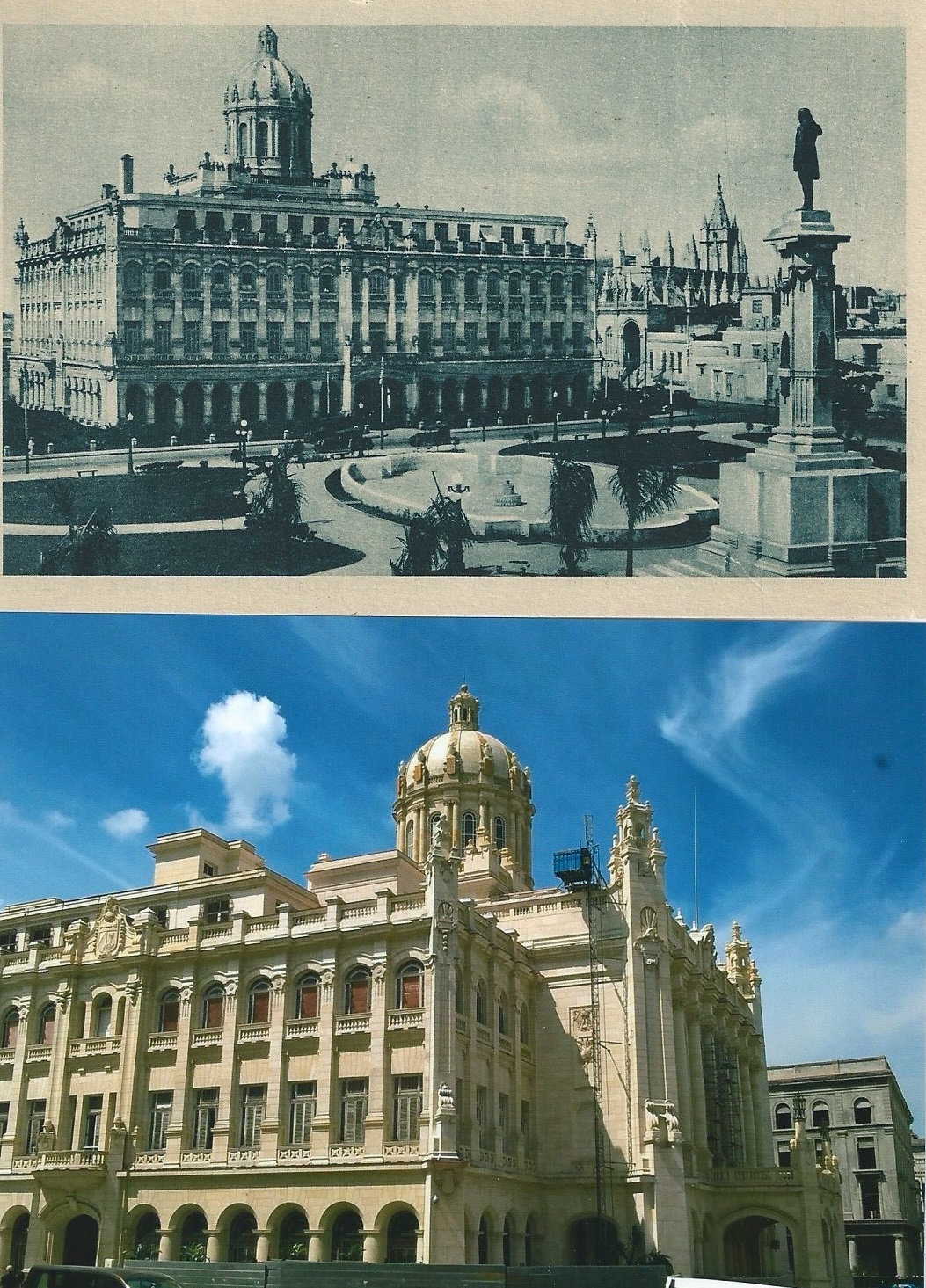 The Palace is now a museum chronicling the 1959 Castro/Guevara Revolution, but its presence in the center of Havana is still provocative and dominating.
The Palace is now a museum chronicling the 1959 Castro/Guevara Revolution, but its presence in the center of Havana is still provocative and dominating.
While all the sites pictured on the postcards are still there, and I visited most all of them, the final building I wanted to see was the Hotel Almendores, a place of music, drink and social gathering in 1920, and ironically, it opened its doors for business just before their arrival. In March 2016, like many buildings in Havana, it was undergoing renovation, perhaps in part for the potential tourist invasion of US visitors just about to get into full swing. Though a new name hangs over the front doors of the hotel, The Sevilla, the side of the building, the one pictured in the post card, was on the day of my visit affixed with red construction scaffolding, to which my Cuban college student guide said, “¿Debo ir eliminar las plataformas de construcción de color rojo antes de captar la imagen.”  My mind thought in English, “No, I think it might take us many weeks to remove it. I’ll be long gone, soon.” But I told Miguel, a history major, no gracias, and smiled. We laughed at the thought of going to that extreme.
My mind thought in English, “No, I think it might take us many weeks to remove it. I’ll be long gone, soon.” But I told Miguel, a history major, no gracias, and smiled. We laughed at the thought of going to that extreme.
These magnificent places, which I had the opportunity to visit, are more than old buildings with a historic past that have been off limits for 55 years to Americans, but open to the rest of the world. To me, they represent a moment in time, which my grandparents, just kids in their early twenties, exploring, marveled to see Spanish architecture, during a brief stop on their honeymoon just off the US coast.
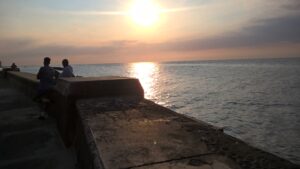 Last week, the first cruise ship from America pulled up to the same docks as my grandparents, and the first US cruise to visit since 1960.
Last week, the first cruise ship from America pulled up to the same docks as my grandparents, and the first US cruise to visit since 1960.
For several years, Americans have been able to visit Cuba for religious, humanitarian or educational purposes via US Treasury Department approved group travel. In January of this year, those opportunities were expanded to 12 additional categories and no longer required a letter of approval from the US Treasury Department.
Soon, scheduled air service will reconnect US to Cuba, and anyone will be able to travel there with merely an airline ticket. And next fall, weekly ferry service is being planned from Miami. It was amazing to stand in the same places my grandparents did as young lovers. It still is a place of great romance. Cuba is a destination that is engaging and entertaining, as well as educational.
Several times during my recent visit I was told by happy smiling Cuban faces, “Where have you been? We’ve been waiting for you!”
(This is the first, in a three part Now Habersham series, “Lessons from Cuba,” by reporter, Dick Stafford COPYRIGHT © 2016 Dick Stafford.)

